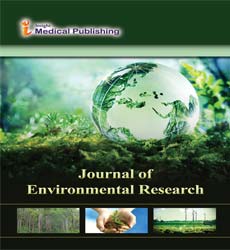Antimicrobial activity of microalgal strains against pathogenic bacteria and fungal strains
Abstract
Causative agents of many ailments of plants, animal and human are microbes particularly bacteria and fungus which are generally treated using antibiotics, but the frequent occurrence of antibiotic resistance requires the development of new antibiotic agents. Unexplored bioactive natural candidates should be a chance for the production of targeted drugs with antibacterial and antifungal activity. In this paper, polarity based extracts of four different strains of Chlorella spp. has been used against 6 bacterial strains namely Pseudomonas aeruginosa (P. aeruginosa), Staphylococcus aureus (S. aureus), Escherichia coli (E.coli), Klebsiella pneumonia (K. pneumonia), Acinetobacter baumannii (A. baumannii) and Bacillus thuringiensis (B.thuringiensis) and 6 fungal strains namely Penicillium italicum (P. italicum), Cladophialophora bantiana (C. bantiana), Rhizopus, Aspergillus falvus (A. falvus), Aspergillus niger (A. niger) and Aspergillus terrus (A. terrus) by using levofloxacin as standard antibiotic and pure solvent for comparison. Agar well diffusion assay has been used for antibacterial assay while Rapid Susceptibility Assay (RSA) has been done to measure the antifungal activity of all algal extracts. Later on Minimum Inhibitory Concentration (MIC) has been calculated for active extracts while Minimum Bactericidal and Fungicidal Concentrations (MBC and MFC) has been calculated for inactive extracts against fungal and bacterial pathogens. Results have been analyzed statistically and these results suggest that the Chlorella spp. have potential to develop antimicrobial drugs.
Open Access Journals
- Aquaculture & Veterinary Science
- Chemistry & Chemical Sciences
- Clinical Sciences
- Engineering
- General Science
- Genetics & Molecular Biology
- Health Care & Nursing
- Immunology & Microbiology
- Materials Science
- Mathematics & Physics
- Medical Sciences
- Neurology & Psychiatry
- Oncology & Cancer Science
- Pharmaceutical Sciences
